Sitting for long periods of time is known to raise the risk of heart disease, high blood pressure and obesity – but it can also contribute to “dead butt syndrome,” according to health experts who deal with musculoskeletal injuries and bones.
The condition, otherwise known as gluteal amnesia, involves numbness or pain in the buttocks, or pain in the upper thigh and hip, after sitting for long periods of time.
“The term gluteal amnesia, or ‘dead butt,’ can be associated with difficulty feeling or finding glute activation in a particular exercise or activity,” Dr. Carrie Pagliano, a physical therapist in Arlington, Virginia, and spokeswoman for the American Physical Therapy Association. (APTA), he told Fox News Digital.
ADVICE TO DIE AND EAT TO USE FAT AND LOSE FAT
Causes and symptoms of ‘dead butt syndrome’
Over time, sitting for long periods of time can result in a “tug of war” situation between the front muscles (hip flexors) and the back of the hips (the glutes).
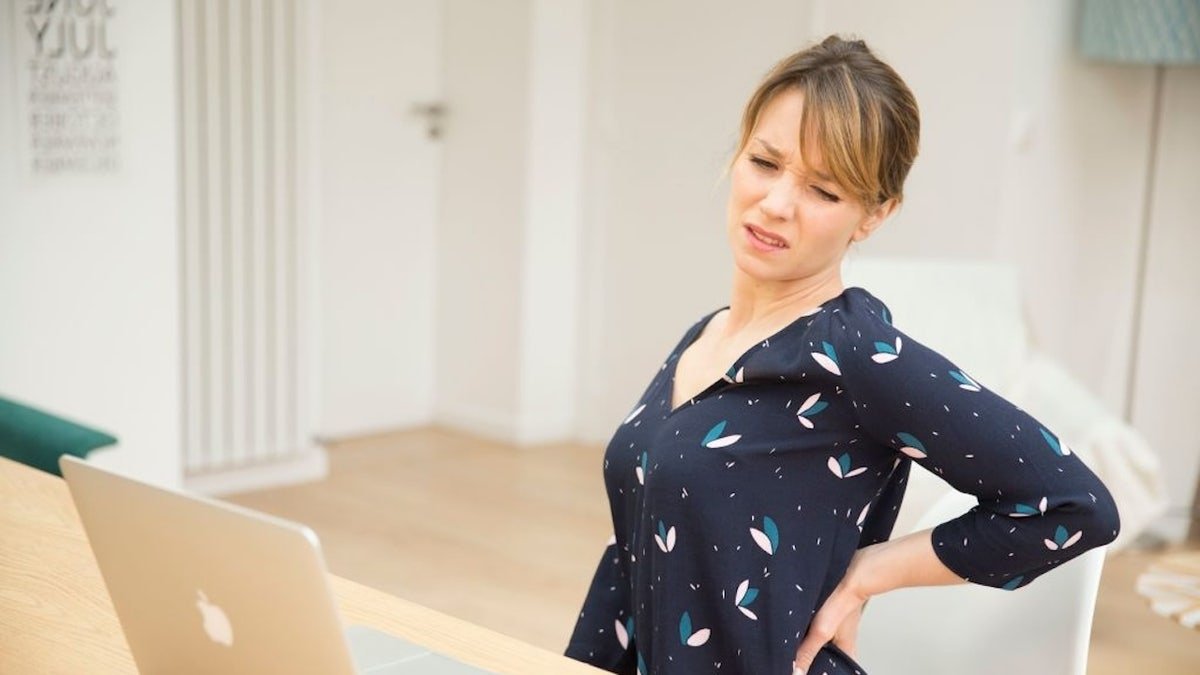
Sitting for long periods of time can contribute to “dead butt syndrome,” according to health experts who deal with musculoskeletal injuries. (iStock)
“The hip flexors shorten and tighten, and the gluteal muscles lengthen, leading to poor muscle function,” Tamar Amitay, licensed physical therapist and owner of Thrive Integrated Physical Therapy in New York City, he told Fox News Digital.
This muscle imbalance can turn into “existing pain,” especially for those who sit for long hours every day, experts agreed.
“The term ‘dead butt syndrome’ is simply the weakening and shortening of the glute muscles and the tightening of the muscles that oppose them, causing muscle imbalance and function,” Edward Farrell, an orthopedic specialist at Physical Solutions Physical Therapy and Fitness. on Long Island, New York, told Fox News Digital.
OZEMPIC AND WEGOVY COULD EXPECT LOSSES, EXPERTS SAY, BUT BARRIERS ARE BAD.
Farrell often sees patients with pain and stiffness in the hips and buttocks, as well as discomfort in the lower back.
“Older patients will often report spending most days at work sitting at their desk, and younger patients may have a tendency to spend hours playing video games or surfing the internet,” he told Fox News Digital. .
“Once we solve a serious problem, the take home message is to get up and go every time.”
With butt syndrome, the gluteal muscles don’t actually die, but “shut down”, which means they don’t work properly, experts said. This can lead to other problems down the road.
“The situation could get much worse,” Farrell warned.
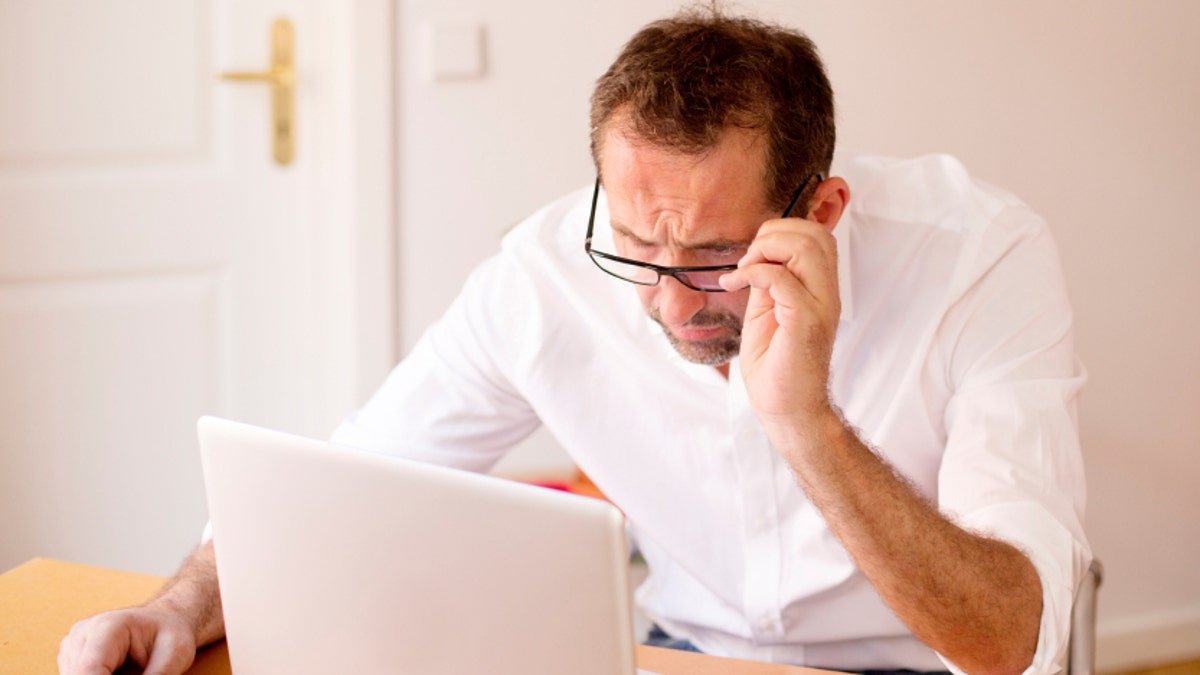
Muscle imbalances can become “chronic pain,” especially for those who sit for long hours each day, experts said. (iStock)
“The glutes – gluteus medius in particular – act as stabilizers, providing lateral support in walking and running,” he said. “If these muscles are weak and not working properly, more pressure is transferred to the lower back and other areas of the hips and thighs.”
When the pelvis is unstable, the hips can drop to one side, causing stress and pain in the hips and back and even down the kinetic chain to the knee, according to Amitay. This can also affect the way a person walks.
To check the situation
If a person has arthritis, the doctor may recommend a Trendelenburg test, which can show the weakness of the glute muscles responsible for the abduction of the hips, according to experts.
In the test, the patient stands on one leg (holding on to an object if necessary to avoid falling) for up to 30 seconds. If the pelvis descends on the contralateral side (non-weight-bearing side), it indicates gluteus medius and gluteus minimus muscle weakness, according to peer studies.
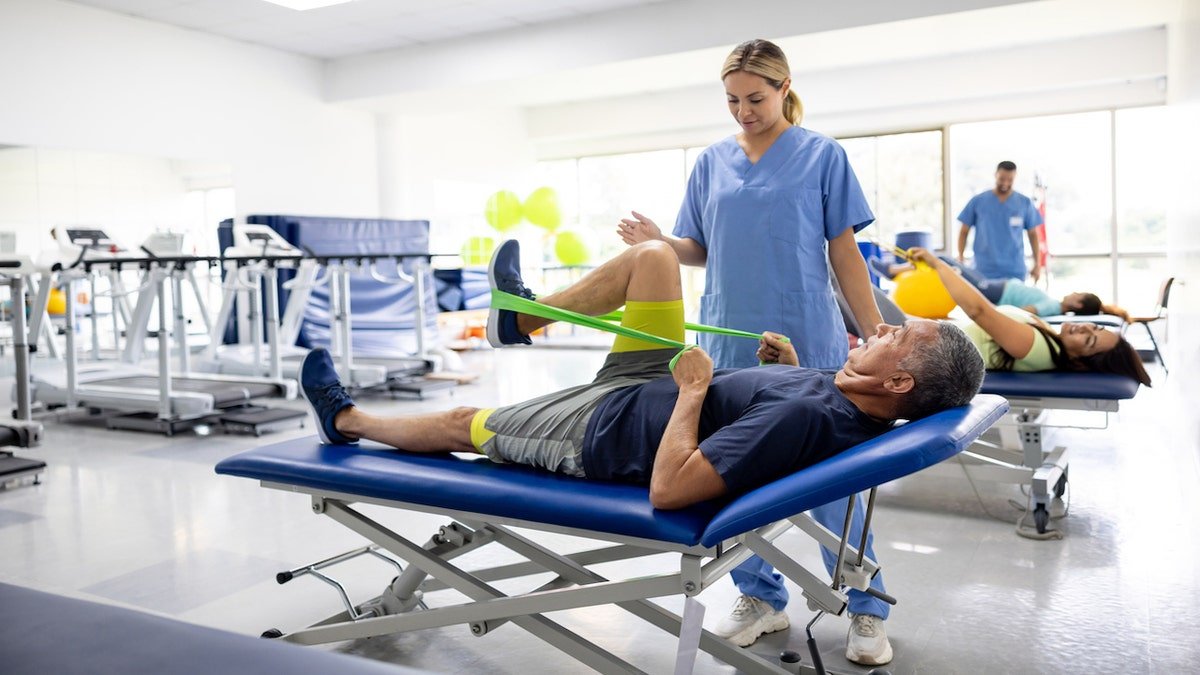
In many cases, physical therapy sessions may be needed to properly strengthen muscles and help with flexibility, the expert said. (iStock)
Some patients may complain that they don’t feel their gluteal muscles contract strongly when doing exercises that target the glutes, such as bridge, physical therapists note.
“If you’re exercising and you can’t feel it when you’re cramping, it’s important to talk to a physical therapist to find out why you’re having trouble getting these muscles,” Pagliano told Fox. News Digital.
Recommended treatment
Treatments for gluteal amnesia can include therapies to help reduce pain and stiffness, such as moist heat, electrical stimulation, ultrasound and ice, Farrell noted.
CLICK HERE TO GET THE FOX NEWS APP
Once symptoms subside, exercise [are performed] strengthening the abductors and glutes, such as squats, side clamshells and side leg raises, as well as stretching the hip flexors, ITB band and piriformis,” he said.
“Once we solve a serious problem, the take home message is to get up and go every time.”
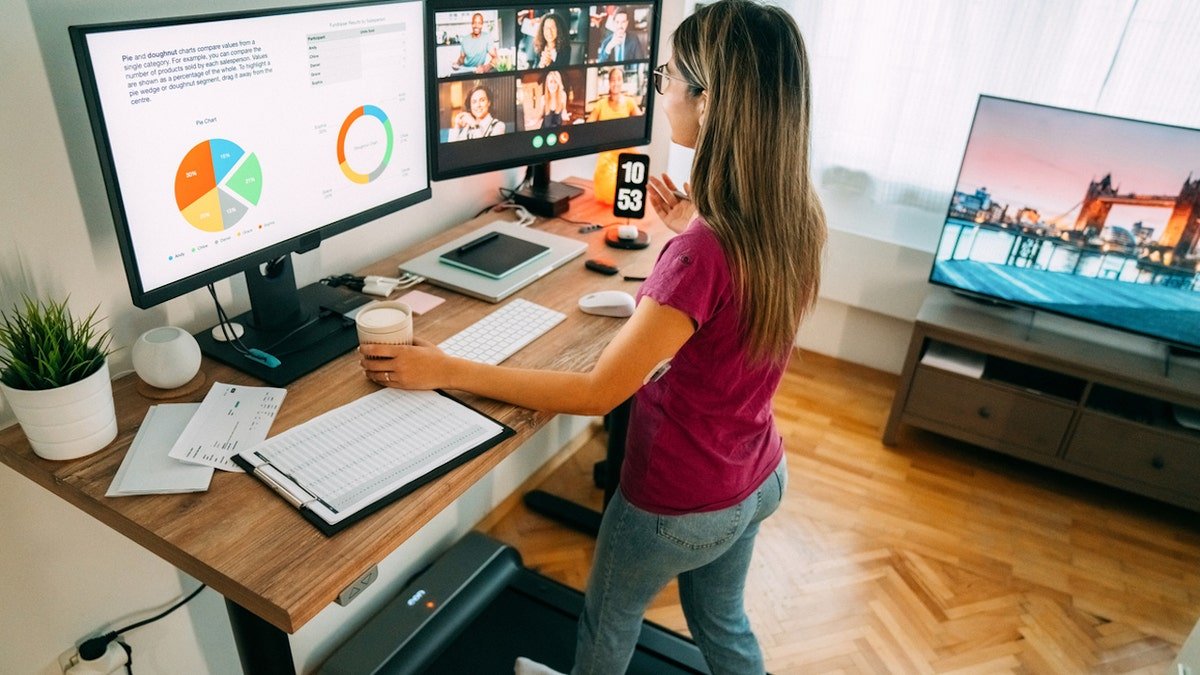
Using a standing desk is another way to help prevent butt syndrome, experts advised. (iStock)
In many cases, physical therapy sessions may be needed to strengthen muscles and increase flexibility, according to Pagliano.
Targeted exercises that improve core strength and muscle stability can also help prevent and reverse butt syndrome, he said.
CLICK HERE TO REGISTER FOR OUR LIFESTYLE
Lifestyle changes, such as using a standing desk and setting a monitor to remind you to get up and walk, can also help, Amitay advised.
Many physical therapists recommend getting up every 30 minutes and walking for a minute or two to help reduce the negative effects of sitting for too long.
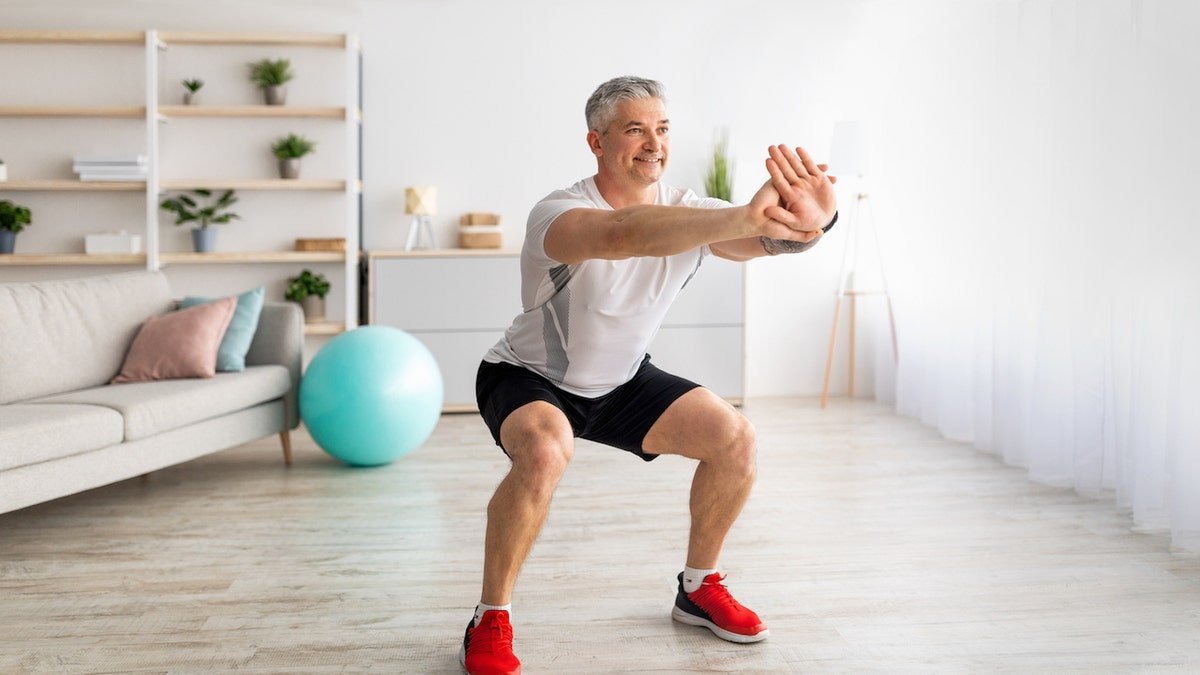
Once symptoms subside, exercise [are performed] strengthening the abductors and glutes, such as squats, side clamshells and side leg raises, as well as stretching the hip flexors, the ITB band and the piriformis, “physiologist said. (iStock)
Standing up during phone calls and going for a walk during lunch can also help reduce the amount of time you spend sitting, they advised.
Following a regular exercise routine that includes stretching, strengthening and cardio exercises is also highly recommended.
For more articles, visit www.foxnews.com/health
Those with symptoms of butt disease should contact a physical therapist or doctor who specializes in musculoskeletal injuries.
#Dead #butt #syndrome #occur #sitting #long #heres #avoid #condition